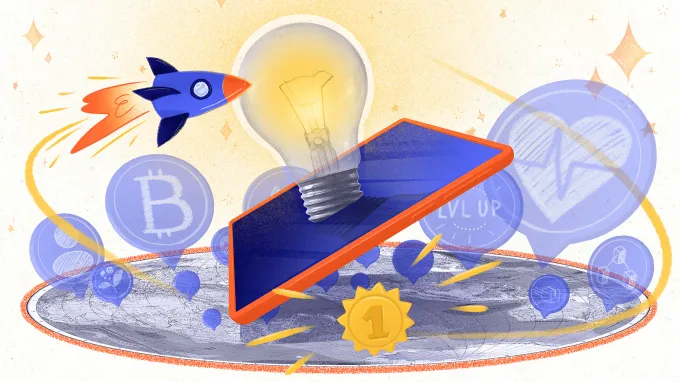In our increasingly interconnected world, the concept of “local” is experiencing a powerful resurgence, especially when it comes to sustainability. Imagine a world where your neighbour’s unused power tools become your go-to DIY resource, where your kid’s outgrown clothes find a new home down the street, and where that vintage bicycle you’ve been eyeing is just a few taps away. This is the promise of hyperlocal circular economy mobile apps and platforms.
What is a Hyperlocal Circular Economy?
At its core, a circular economy aims to minimize waste and maximize the lifespan of resources. Hyperlocal circular economy mobile apps take this concept and apply it to a geographically confined area, fostering community-driven sharing, renting, and exchanging of goods. Think of it as a digital swap meet, rental library, and marketplace all rolled into one, tailored to your neighborhood.
The Benefits are Abundant:
- Reduced Waste: By promoting reuse and sharing, these platforms significantly reduce the amount of waste sent to landfills.
- Cost Savings: Renting or borrowing items instead of buying new ones saves money.
- Community Building: These apps foster a sense of community and connection among neighbors.
- Environmental Sustainability: By reducing consumption and waste, they contribute to a more sustainable lifestyle.
- Accessibility: Allows access to items that might not be affordable to purchase new.
Examples of Hyperlocal Circular Economy Initiatives:
- Sharing Platforms: Apps that allow neighbors to share tools, appliances, and other household items.
- Rental Marketplaces: Platforms where individuals can rent out their unused items, such as bikes, camping gear, or party supplies.
- Swap and Exchange Groups: Digital spaces for exchanging clothes, books, and other goods.
- Food Sharing Apps: Platforms that connect people with surplus food, reducing food waste.
- Local Repair Services: Apps that connect residents with local repair experts, extending the lifespan of products.
The Blockchain Advantage:
Integrating blockchain technology into these platforms can take them to the next level.
- Secure Transactions: Blockchain’s inherent security ensures safe and transparent transactions.
- Traceability: It allows for tracking the lifecycle of products, promoting accountability and responsible consumption.
- Decentralized Reputation Systems: Blockchain can facilitate decentralized reputation systems, ensuring trust and reliability among users.
- Tokenization: Reward systems can be implemented with tokens, incentivizing participation and promoting circular practices.
- Transparency: Every transaction can be recorded on the blockchain, creating a transparent and auditable record.
Challenges and Opportunities:
While the potential of hyperlocal circular economy apps is immense, there are challenges to overcome.
- Building Trust: Establishing trust among users is crucial for the success of these platforms.
- Scalability: Scaling these platforms to reach a wider audience is essential.
- Logistics: Efficient logistics for item pickup and delivery are necessary.
- User Adoption: Encouraging widespread adoption of these apps requires effective marketing and education.
However, the opportunities are equally significant. As awareness of sustainability grows, and technology continues to advance, hyperlocal circular economy apps are poised to play a vital role in creating a more sustainable and connected future.
The Future is Local and Circular:
Hyperlocal circular economy apps are more than just platforms for sharing goods; they are tools for building resilient communities and fostering a sustainable future. By embracing these innovative solutions and leveraging the power of blockchain, we can create a world where resources are valued, waste is minimized, and community thrives.




